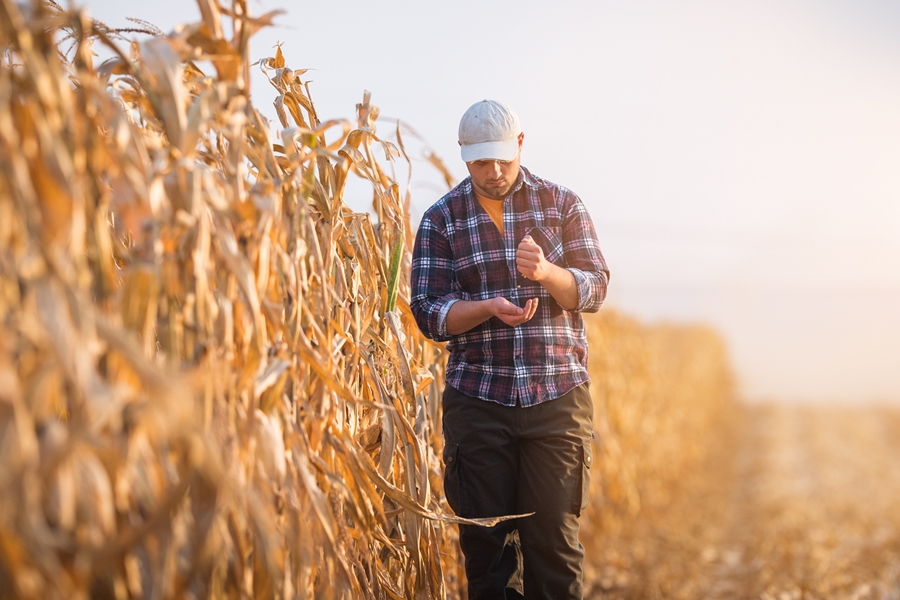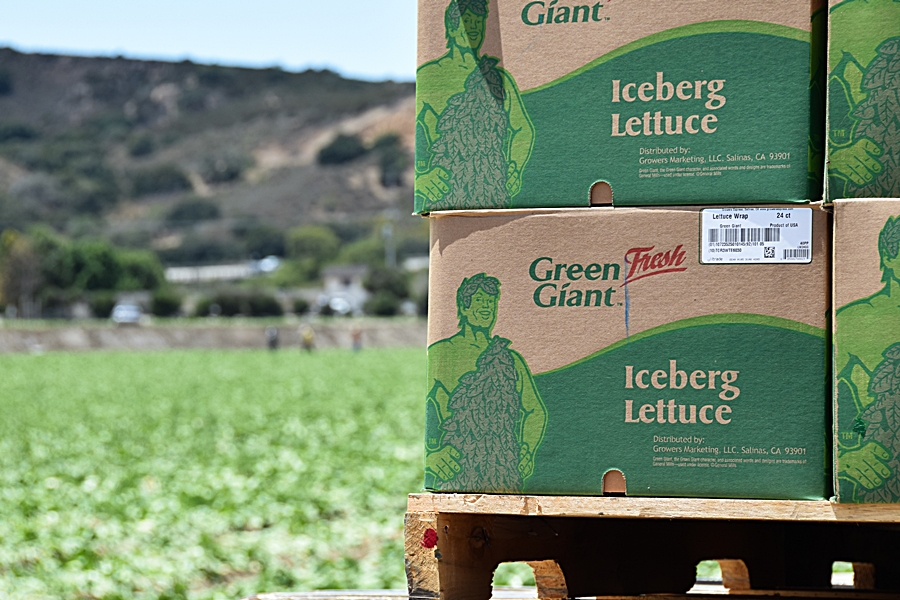Temperature Control: Affordable, Real-time Data Recorders Finally Available
By Bryan Smith
There are many reasons why controlling the storage environment during food transportation is important, not the least of which is that you don’t want to make people sick. Proper storage of food reduces waste, extends shelf life, and retains food quality. But the history of logistics in the food industry shows that the desire to monitor the conditions of the equipment has always been an operational and financial challenge.
The industry began first attempting to monitor the temperature of their supply chain by using a sticker that reacted chemically to a change in temperature. If at any time during the food’s journey the temperature went above the threshold limit, the colour of the sticker would change. But this only provided a pass/fail result at the end destination; the available information did not tell enough of the story to be highly useful in the world of food safety.
There are many reasons why controlling the storage environment during food transportation is important
More importantly, companies that had already invested all the hard costs associated with the shipment would only be told that they wouldn’t be paid for that load once it had reached its destination. The system didn’t allow for the kind of ongoing monitoring that would protect the value of the food while ensuring it was safe for consumers. As the transportation industry began to see shrinking margins, the risk of not having better information to defend and protect their cargo became more apparent.
Food Safety Compliance During Transport
This spurred the investment into data loggers that automatically recorded temperatures during transportation. As industry knows, the length of time spent out of temperature is a critical data point for food safety. This technology allowed companies to manually pull temperature data off the trailer at the end of a journey via USB. It was a big step forward in food safety compliance during transport. The biggest challenge? All the information was still only available after the fact and did nothing to proactively protect a food company’s investment.
The need for data was paramount. Once the deployment and commercialization of 4G and LTE networks reliably covered most of North America, it opened the industry to invent more flexible solutions to this challenge. State-of-the-art mobile—and highly automated—temperature monitoring solutions are available today. They use cellular connections to automatically transmit real-time temperature and GPS location data to the cloud.
Practical Challenges for Food Safety
One of the practical challenges of this technology has been power supply. For these systems to function they require a power source from the truck, which makes installation and maintenance cumbersome. It is only recently that fully independent battery-operated devices have become available, and national providers have developed new telecommunication technologies called CAT-M and NB-IoT that go beyond LTE capabilities. This has allowed for devices to provide years of continuous monitoring on a single battery charge. The main benefit to transportation companies? These devices are standalone, preconfigured, and can be installed within moments.
The ease with which food safety information can be gathered is unparalleled. Additionally, this solution has allowed for food safety confidence at a price point previously unobtainable. Modern logistics companies are now able to easily protect their cargo, defend their records, and optimize their operations with technology solutions designed just for them. Which represents a major step forward for food safety.
About the Author
Bryan Smith is the VP of Engineering at blueRover Inc., a food safety solutions company that helps organizations automate and digitize their food safety practices. blueRover works with industry-leading companies in the food production, distribution, warehouse and retail markets to develop easy-to-use, efficient products designed specifically for the unique challenges of the food industry.

-
 FeaturedRisk management
The Cost of a Breach: What a Cyberattack Could Mean for Food Safety Recalls
FeaturedRisk management
The Cost of a Breach: What a Cyberattack Could Mean for Food Safety Recalls
-
 FeaturedRisk management
Securing the Food Chain: How ISO/IEC 27001 Strengthens Cybersecurity
FeaturedRisk management
Securing the Food Chain: How ISO/IEC 27001 Strengthens Cybersecurity
-
 FeaturedRisk management
Revolutionizing Food Safety Training: Breaking Out of the “Check-the-Box” Mentality
FeaturedRisk management
Revolutionizing Food Safety Training: Breaking Out of the “Check-the-Box” Mentality
-
 GFSI Standards
GFSI 2025: Building Trust, Tech-Forward Solutions, and Global Unity in Food Safety
GFSI Standards
GFSI 2025: Building Trust, Tech-Forward Solutions, and Global Unity in Food Safety
-
 FeaturedFood Safety
Integrated Pest Management: Strategies to Protect Your Brand’s Reputation
FeaturedFood Safety
Integrated Pest Management: Strategies to Protect Your Brand’s Reputation
-
 FeaturedFood Safety Culture & Training
No Open Door Policy: Challenges That Impact Pest Control in Food Processing Plants
FeaturedFood Safety Culture & Training
No Open Door Policy: Challenges That Impact Pest Control in Food Processing Plants




